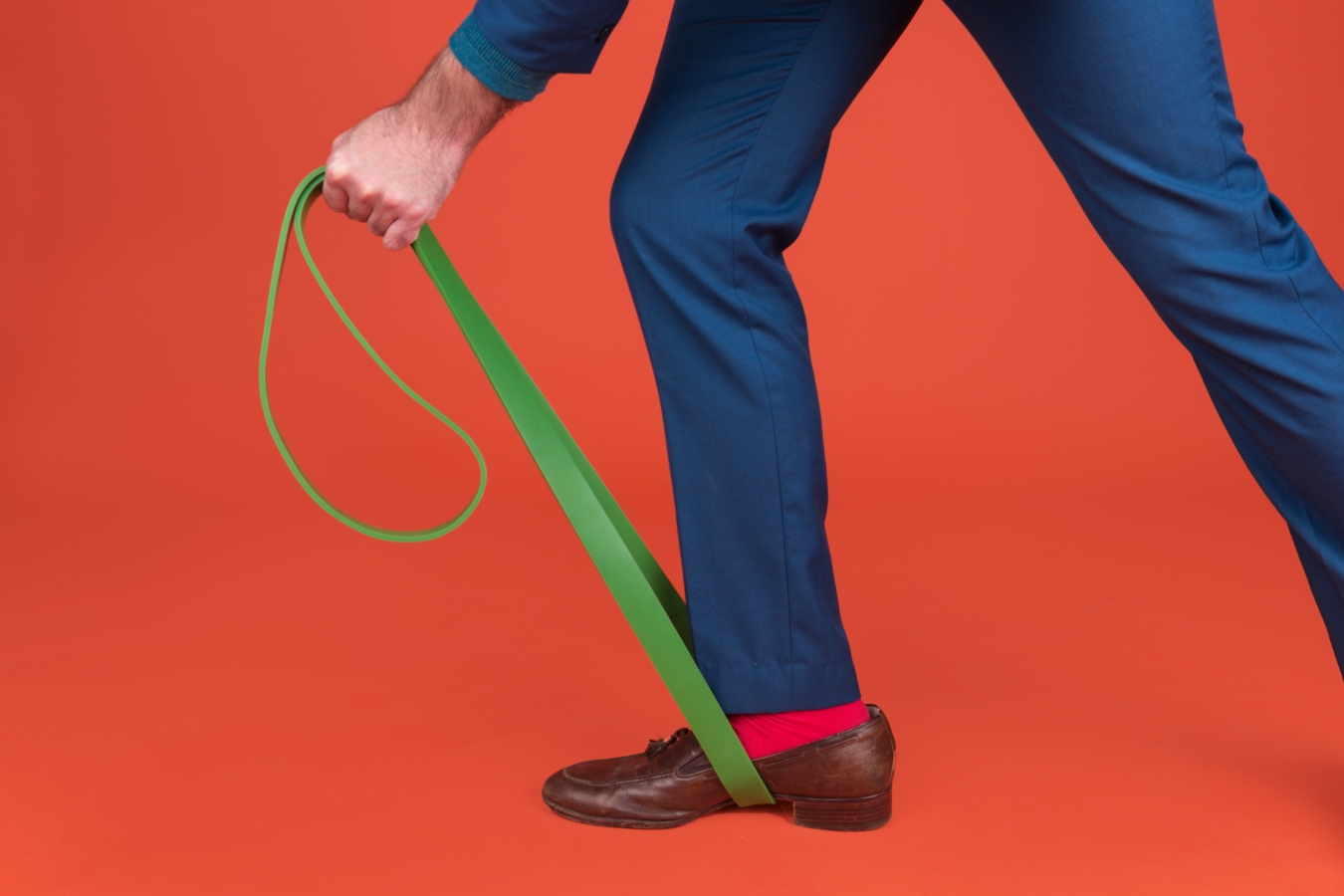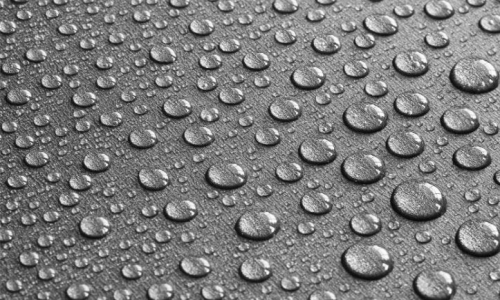


 2:49:42
2:49:42  2019-06-29
2019-06-29  976
976

New research examines the relationship between trends in physical activity levels over time and mortality risk among adults in middle age and older. The findings suggest that it is never too late to start exercising, as becoming more active may lengthen lifespan "regardless of past activity levels."
Exercise is good for us, without a doubt. From lowering the risk of cardiovascular disease, cancer, and diabetes, to increasing life expectancy, the benefits of physical activity are numerous, as countless studies have shown.
But does it matter when one starts to exercise, and is it ever too late to reap the benefits? New research looks at the effects that exercise in middle and older age have on the risk of premature death and lifespan.
Specifically, a team of researchers has examined how changes in exercise levels over time affect a person's risk of dying from any cause, as well as dying from specific conditions — such as cardiovascular disease.
Alexander Mok, a doctoral researcher at the University of Cambridge in the United Kingdom, led the new research, which appears in the journal The BMJ.
As Mok and colleagues explain in their paper, while numerous studies have already addressed the links between physical activity and mortality risk, fewer have focused on how exercise levels fluctuate over time and how these changes may affect longevity.
So, the scientists set out to remedy this research gap by conducting a large "population-based cohort study," which included data on almost 15,000 people.
Studying changes in activity levels over time
Mok and team accessed the health data of 14,599 men and women who had enrolled in the European Prospective Investigation into Cancer and Nutrition-Norfolk study between 1993 and 1997. The participants were between 40 and 79 years old.
The researchers examined the study participants once at the beginning of the study and then three more times until 2004. At this stage of the research, Mok and team looked at lifestyle and risk factors such as diet, alcohol intake, and smoking status, as well as measurements like age, height, weight, and blood pressure.
The team also considered the participants' education level and social class — that is, whether they were unemployed, non-skilled or skilled workers, etc. Their "medical history of heart disease, stroke, cancer, diabetes, fractures [...], asthma, and other chronic respiratory conditions" was also considered.
Questionnaires about physical activity provided useful information on the participants' activity levels or sedentarism at work as well as in their spare time. The data from the questionnaires were corroborated with "objective measurements of individually-calibrated combined movement and heart rate monitoring."
To assess mortality in the cohort, Mok and team followed the participants over a median period of 12.5 years after the last assessment, until the year 2016.
Becoming active slashes death risk
Throughout the follow-up period, a total of 3,148 people died. Of these deaths, 950 resulted from cardiovascular disease and 1,091 from cancer. The researchers adjusted for factors that might have confounded the results, such as existing levels of physical activity and other health risk factors.
After accounting for these confounders, high levels of exercise and increased physical activity over time correlated with a lower mortality risk overall.
Also, the results suggested that even if someone decided to exercise after being physically inactive, the benefits for longevity would still be significant.
Specifically, looking at physical activity energy expenditure, the analysis revealed that with each physical activity increase of 1 kilojoule/kilogram/day (kJ/kg/day) per year, the risk of premature mortality from any cause dropped by 24%.
The same modest increase in exercise correlated with a 29% lower risk of cardiovascular death and an 11% lower risk of dying from any form of cancer.
The authors explain that an increase of 1 kJ/kg/day per year is the equivalent of not being physically active at all at the start of the study and gradually becoming more active over a 5-year period, to the point of meeting the minimum physical activity guidelines issued by the government.
The United States Department of Health and Human Services recommend that adults engage in "at least 150 minutes (2 hours and 30 minutes) to 300 minutes (5 hours) a week of moderate-intensity, or 75 minutes (1 hour and 15 minutes) to 150 minutes (2 hours and 30 minutes) a week of vigorous-intensity aerobic physical activity."
Benefits do not depend on past activity
The analysis also revealed that, "regardless of past activity levels," people who increased their activity levels over time were less likely to die from any cause than people who were "consistently inactive."
Finally, the greatest longevity benefits were seen among individuals who had high physical activity levels at the start of the study and increased them even more with time. These highly active people were 42% less likely to die prematurely from any cause. Mok and colleagues conclude:
"These results are encouraging, not least for middle-aged and older adults with existing cardiovascular disease and cancer, who can still gain substantial longevity benefits by becoming more active, lending further support to the broad public health benefits of physical activity."
The authors also recommend, "In addition to shifting the population towards meeting the minimum physical activity recommendations, public health efforts should also focus on the maintenance of physical activity levels, specifically preventing declines over mid to late life."
Reality Of Islam |
|

New scienti

This is the

A computer

Auburn Univ
 9:3:43
9:3:43
 2018-11-05
2018-11-05
10 benefits of Marriage in Islam
 7:5:22
7:5:22
 2019-04-08
2019-04-08
benefits of reciting surat yunus, hud &
 9:45:7
9:45:7
 2018-12-24
2018-12-24
advantages & disadvantages of divorce
 11:35:12
11:35:12
 2018-06-10
2018-06-10
 6:0:51
6:0:51
 2018-10-16
2018-10-16
 8:30:23
8:30:23
 2022-03-03
2022-03-03
 12:10:56
12:10:56
 2022-11-17
2022-11-17
 1:38:41
1:38:41
 2021-12-08
2021-12-08
 8:3:0
8:3:0
 2018-06-21
2018-06-21
 5:58:12
5:58:12
 2021-12-18
2021-12-18
 2:2:13
2:2:13
 2022-10-08
2022-10-08
 7:34:7
7:34:7
 2023-02-28
2023-02-28
 5:41:46
5:41:46
 2023-03-18
2023-03-18
| LATEST |